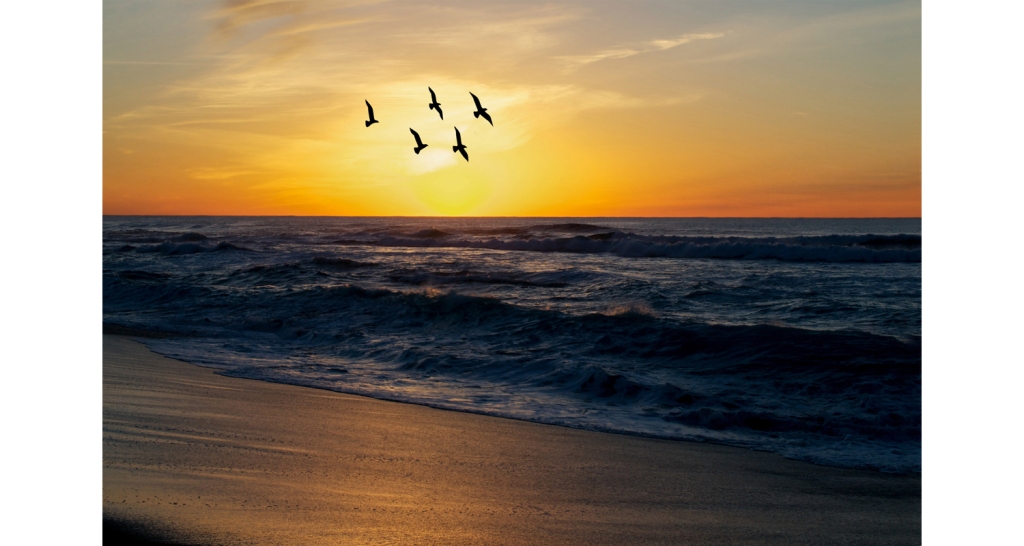You take a picture you like “somewhat”, but you are not sure if it is a “good picture”. Maybe you’re a newbie trying to improve your skills, or a more seasoned photographer trying to ascertain the impact your image would have in your industry. Looking for answers, you post your photograph in a photography-related group and write “C&C welcome”. C&C stands for critique and/or comments.
Many people don’t realize this, but just writing “C&C are welcome” is not helpful, because there is no direction on what to critique. When people start commenting, their feedback will be mostly related to their personal preferences, their vision for the image, and their professional biases.
How can you help others better help you with a critique?
1. State your PURPOSE
Before asking for critique, ask yourself, what was the purpose of taking the photo? Were you trying to document something, sell an idea or a product, enter a photo contest, practice a technique, produce a piece of wall wart, etc?
Why is purpose important? Well, because your photo will be judged according to the requirements attached to a specific “industry.”
Here are some examples of purpose statements: “During the pandemics, I endeavored to document people’s expressions when they had a face mask on”; “I want to build a portfolio in food photography to break into the industry”; “I am trying to learn how to do panning”; “ I created a composition for a Halloween contest ” etc…
2. State your INTENTION
Why is intention important? Well, if people don’t know what you were trying to achieve, how can they help you find out if you have achieved it? Here are some examples of intention statements: “I wanted to get beyond the masks and see how people really felt about wearing them”; “in this photo I wanted to make people’s mouth water and feel like they want to eat this steak”; “I want to get into sports photography and proper panning is very important for me to learn”; “I want people to feel sad when they look at this picture” etc.
3. INTRODUCE YOURSELF briefly
The tone of the critique and how thorough it will be delivered will depend a lot on how you introduce yourself. “I am a beginner trying to learn how to do panning” might get a helpful, but softer feedback than “I am a professional sports photographer trying to build a portfolio to recruit clients.”
FINAL CONSIDERATIONS
Before posting a photo and asking for critique, ask yourself what do you want to accomplish? Are you looking for validation, trying to improve your skills, or trying to find a way to beat yourself up? If you know what you want, you will be in a better position to know when you get it.
Beginners be aware of predatory behavior. There was a photographer in a critique group I used to participate in, who would identify certain beginners as potential customers and systematically wear their confidence down with critique. He would intermingle his long considerations with soothing statements like “but you have a good eye for photography/ much potential ” etc. Coincidentally, he taught these super expensive in-person workshops, and also coincidentally, several of those targets would volunteer to attend. Although teaching workshops is not a crime, purposely undermining someone’s self confidence to make him or her a customer is plain dishonest.
Lastly, but not last, take the critique with a grain of salt and try to use the information to your benefit. Keep in mind that some people don’t have time to embellish their critique, or simply, they don’t know how to. Sometimes, someone is having a bad day and that person will take it out on you. Don’t let that discourage you. Conversely, don’t be disappointed if all you get are compliments: maybe your photo is just plain awesome.
An EXAMPLE
Let’s pretend I am posting the featured photo for critique in a photography group.
Option one: I post the photo and say “C&C welcome”.
Option two: “I was a newbie when I photographed the Sunset Beach in Point Reyes. Although I managed to capture some of that magical evening with my camera, only recently have I been able to realize my vision for the final image. I replaced the blurred birds passing by with vector birds and tweaked the sunset colors to render them more intense and achieve a dreamy, more abstract feel. In your opinion, does this image convey the idea of a surreal, magical sunset at the beach? Do the vector birds look fake to you and if so, does it bother you and distract you from the mood of the image? Thanks for any input you may be willing to share.
Which option do you think will help me better understand if I have reached my goals with the featured photo?
Bonus points: Feel free to critique the featured photo!
______________________________
Wall Art landscapes and miscellaneous
—————————————————

Leave a comment